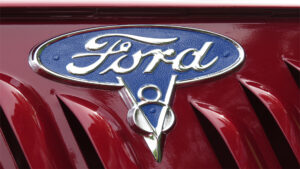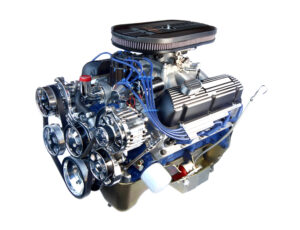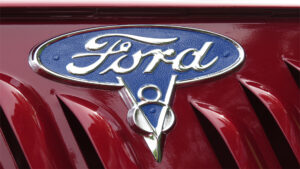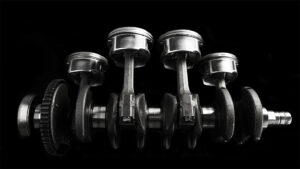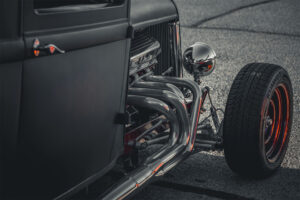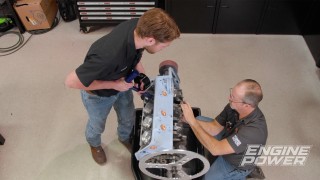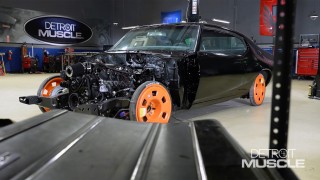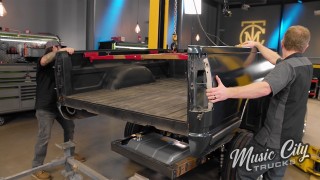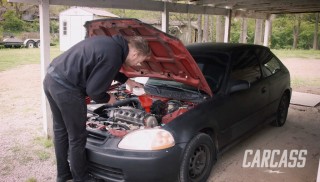The Legendary Chevy 350: A History of America’s Favorite V8
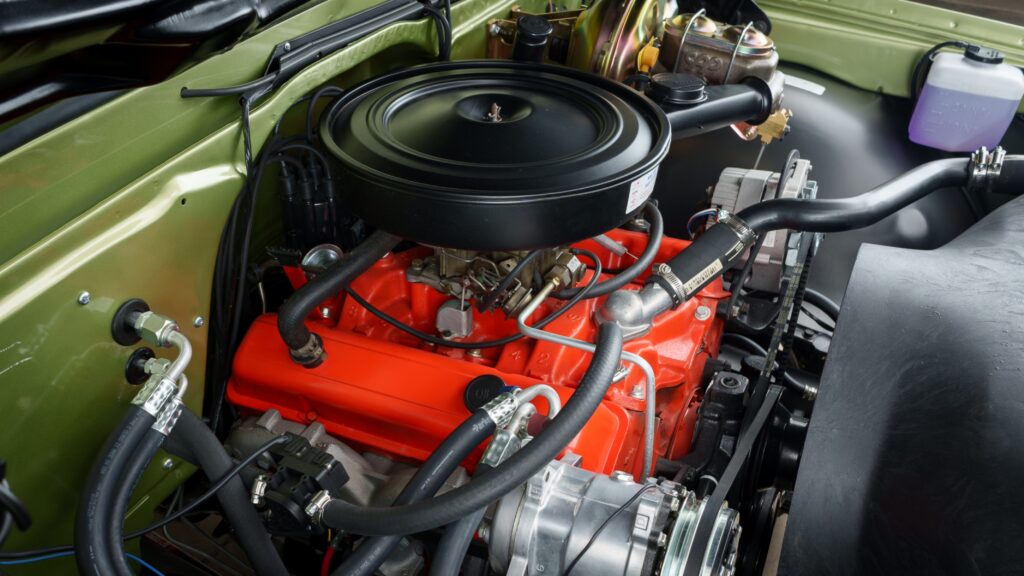
Few engines in automotive history have earned the legendary status of the Chevy 350. For over five decades, this small-block V8 has been the backbone of American performance, powering everything from classic muscle cars to workhorse trucks and even custom hot rods. Whether you’re a weekend warrior wrenching in your garage or a seasoned racer, chances are you’ve either owned, driven, or built something with a 350 under the hood.
But how did this engine become such an icon? Let’s dive into the history of the Chevy 350 and see what makes it one of the most respected V8s ever produced.
Table of Contents
Birth of a Legend: The Small-Block V8 Era
Before the 350 took the throne, Chevrolet introduced the first small-block V8 in 1955—the 265-cubic-inch engine. This revolutionary design, developed under the direction of Ed Cole, was lightweight, compact, and packed a punch compared to other V8s of the era.
By 1957, Chevy pushed displacement to 283 cubic inches, and with fuel injection, it became one of the first American production engines to produce one horsepower per cubic inch. This milestone cemented Chevrolet’s reputation for performance.
Throughout the 1960s, the small-block V8 evolved, with displacements reaching 327 cubic inches, offering higher compression, bigger cams, and improved airflow. However, in 1967, Chevy unveiled what would become its most legendary small block—the 350 cubic inch V8.
The 350’s Rise to Power (1967-1980s)
Introduced as a high-performance option in the 1967 Chevrolet Camaro, the 350ci (5.7L) V8 quickly gained popularity for its balance of power and durability. Producing 295 horsepower, it outperformed many rivals while maintaining reliability that Chevy fans demanded.
By the 1970s, the 350 became a mainstay in Chevrolet’s lineup, finding a home in everything from the Chevelle SS and Corvette to C/K trucks and Caprices. It wasn’t just a muscle car engine—hot rodders, off-roaders, and even boat builders embraced the 350 for its ability to make serious power with simple modifications.
Even during the smog-era of the late ‘70s and early ‘80s, when emissions regulations choked many V8s, the 350 endured. Chevrolet engineers developed new versions with throttle body injection (TBI) and computer controls in the 1980s to keep up with stricter standards while maintaining performance.
The 350’s Aftermarket Domination
One of the biggest reasons the Chevy 350 remains an icon today is the aftermarket support. From performance camshafts and aluminum cylinder heads to high-flow intake manifolds and stroker kits, nearly every component imaginable has been developed to make the 350 faster, stronger, and more efficient.
The crate engine revolution of the 1980s and ‘90s made it easier than ever for enthusiasts to swap in a brand-new Chevy 350 with modern internals. GM’s Goodwrench 350, along with performance-oriented versions like the ZZ4, gave hot rodders a reliable, powerful option without needing a complete rebuild.
End of an Era… But Not Really
By the mid-1990s, the 350’s reign as Chevrolet’s go-to V8 was coming to an end. The introduction of the LS series in 1997 brought in a new generation of small-block engines with aluminum heads, coil-on-plug ignition, and better efficiency.
However, the Chevy 350 never truly disappeared. It remained available as a crate engine for years, and countless vehicles still rely on its power today. In fact, some companies continue to produce 350-based engines, ensuring this small-block legend stays alive in hot rods, muscle cars, and restomods.
Why the Chevy 350 Still Matters
Even with the rise of LS swaps and modern V8s, the Chevy 350 remains one of the most popular engines in automotive history. Why?
- Simplicity – No complex electronics, no fancy direct injection—just good old-fashioned pushrod power.
- Affordability – A rebuilt 350 is often cheaper than modern alternatives, making it ideal for budget builds.
- Parts Availability – Walk into any auto parts store, and you’ll find 350 components on the shelf.
- Legendary Reliability – Built right, a 350 can run for hundreds of thousands of miles.
Whether you’re restoring a classic C10, building a street rod, or dropping a fresh crate motor into a weekend toy, the Chevy 350 will always be a solid choice. It’s an engine that embodies everything gearheads love—power, reliability, and endless potential for modification.
The small-block Chevy 350 didn’t just power cars—it powered an entire era of performance. And as long as there are enthusiasts turning wrenches, you can bet this legendary engine will never fade away.
